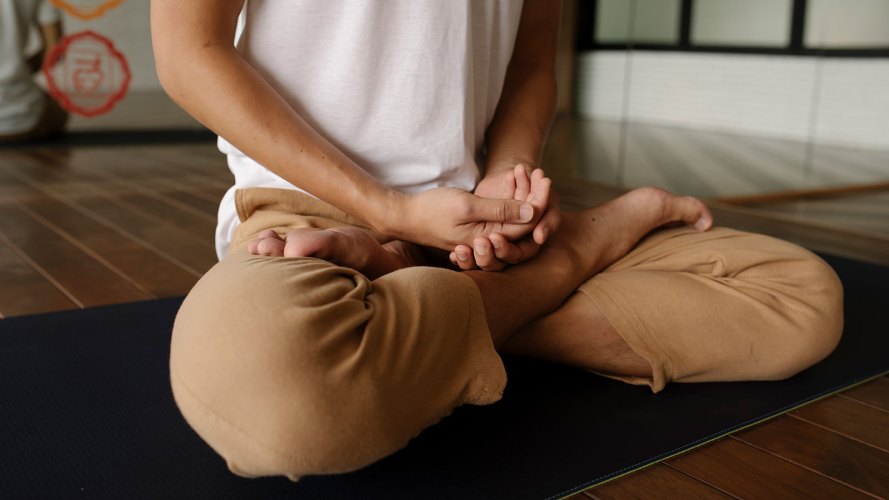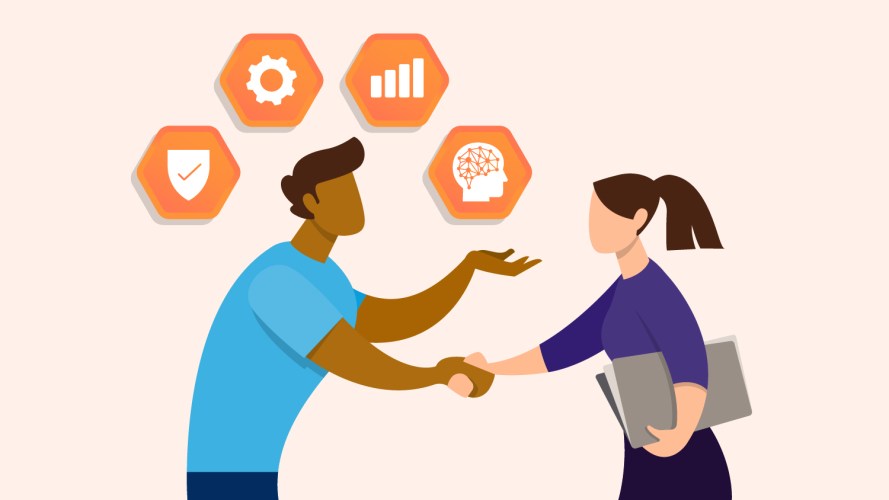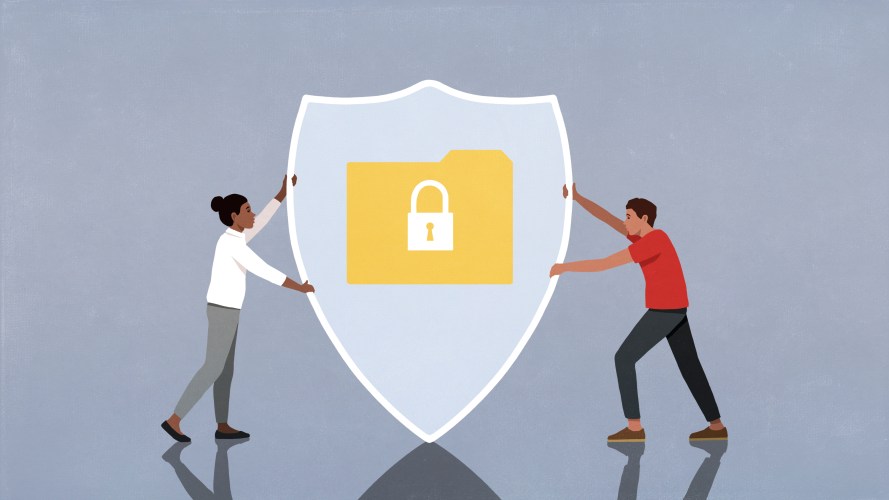Small Business Mindfulness: How To Foster a Present, Value-Driven Workforce in Transformative Times



In transformative times like these, mindfulness can help balance business priorities with the need to care for yourself and your employees.

Michelle Polizzi
Left unchecked, stress from running a business can manifest in decreased productivity, increased turnover, and serious mental health challenges.
In transformative times like these, how can you balance business priorities with the need to care for yourself and your employees? Mindfulness has been proven to help small businesses strengthen values, increase trust, boost agility, and respond to challenges with grace.
What is mindfulness and why does it matter?
Contrary to popular belief, mindfulness isn’t confined to the practice of seated meditation.
In fact, experts at Yale Medicine highlight the long-term benefits of mindfulness — and they say it doesn’t have to include meditation at all. Rather, being mindful is about observing thoughts and feelings about the present moment without judgement. Mindfulness becomes increasingly difficult the more we have on our to-do list — but these stressful moments are when it becomes most important.
Research shows mindfulness has a direct effect on well-being. One study revealed that a virtual workplace mindfulness program not only decreased stress, but also elevated resiliency and vigor. Additional research demonstrates a clear link between mindfulness and reduced work-life conflict — plus increased focus and job satisfaction.
These benefits matter, because the global pandemic has elevated employee overwhelm to new heights. The constant stress and fear of COVID-19 has posed threats to concentration, motivation, sleep, and self-care — a combination that can lead to burnout. Since mindfulness can help employees better withstand challenges at home and at work (all while boosting agility and enthusiasm), it’s a win-win for employees and your bottom line.
Headspace brings mindfulness to more workplaces with Salesforce
Headspace, a mindfulness app, is a Trailblazer in workplace mental health. Here’s how they navigated COVID-19.



How to use mindfulness at work
What does workplace mindfulness look like in practice? To answer this question, we turned to Heather Atkinson, vice president of Product Management and Online Sales at Salesforce. In addition to her daily meditation practice, Atkinson also has a 20-year, three-times weekly yoga practice which helps her achieve a mind-to-body connection. As an advocate of sharing mindfulness activities with her team, Atkinson has made well-being and self-care a top priority for herself and her team over the past year. Here are her tips on achieving mindfulness at work.
1. Connect with your values
For Atkinson, mindfulness stems from the center of yourself. “It’s about no matter what’s happening — no matter how much sort of noise and uncertainty there is — to be able to find a place in yourself where you can connect with your values.”
She points out an exercise in which everyone on a team is asked to choose three core values from a large deck. Stress at work can cause employees to worry, which disconnects them from what really matters. So, narrowing down your values helps you get clear on what matters most to you. “A lot of times we’re in situations where we don’t know what to do, we don’t know what to say. But we do know who we are, and what’s important to us. And we can always operate from there,” Atkinson said.
2. Support emotional connection and empathy
As the leader of a busy product and online go-to market team, Atkinson knows how important it is to check in with her own needs. “In my own meditation practice, the first thing I do is scan the body and check in: Where am I today? What can I observe about how my body is feeling and the thoughts that are coming up?”
That’s also why she conducts a status check at her weekly check-in meetings, which provides employees an opportunity to explain how they’re feeling and assign it to a red, yellow, or green status (denoting not good, medium, or good).
“The only question is: ‘how can we support you?’”
This helps employees understand they’re not always expected to operate at optimum performance. It acknowledges life can be difficult — especially during the pandemic — and shows team members that they’re allowed to feel what they need to feel (ultimately helping them recover more quickly).
3. Get clear on what you can control
Anxiety often results from a perceived lack of control, which can result in worry about the future. “In life, there’s what’s happening — and then there’s the story that you tell about it. There’s all this stuff you make up about what’s happening. And that’s where we can get stuck,” Atkinson adds.
She also believes mindfulness can help cut through that noise. “The main value for leaders and small business owners, or really anyone who wants to practice mindfulness, is to be able to not only observe your own stressful thoughts but also to change your relationship with them, creating a greater sense of clarity. What’s in their control? What’s not in their control? And what can they do?”
From there, it’s easier to assess conflict and make information-based decisions in response — without being influenced by judgement and emotion. Atkinson says one way small business leaders can instill this practice into employees is to lead by example. “As we start to develop increased awareness, patience, and empathy toward our own thoughts, we naturally gain empathy for others who are also experiencing the same thing. Everyone benefits.”
By taking responsibility for how you react to stressful situations (and the story you tell about them), you help employees understand that it’s okay to slow down and evaluate a situation before the overwhelm amplifies.
Hoping to achieve mindfulness for your business? Learn more about Headspace, their growth story, and how the app seeks to improve the health and happiness of the world.























